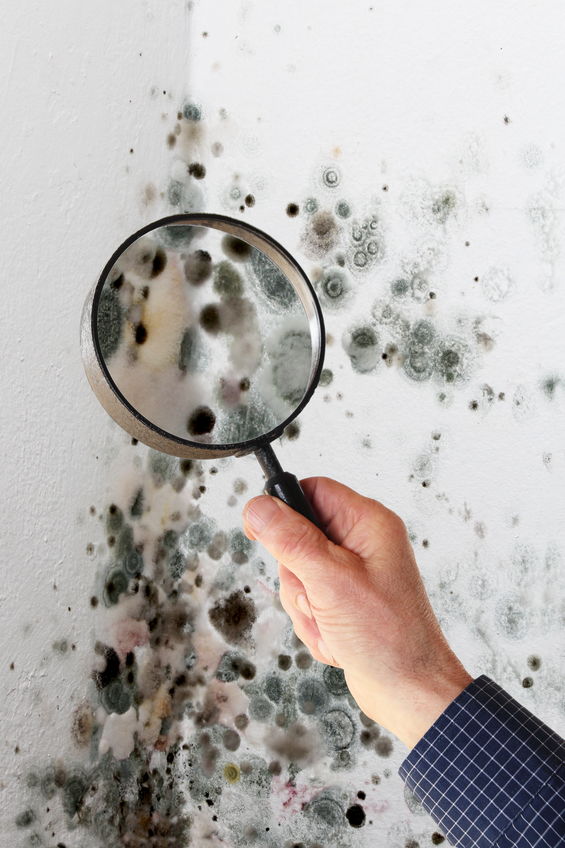Mold is an extremely serious problem that can affect your health, but sometimes you do not know you have it in your home. See below how you can know that the air in your home is toxic.
When you inhale toxic air constantly, it will affect your lungs. Mold produces mycotoxins, substances that can be detected in urine, saliva or feces. When you come in contact with them, you may experience minor health problems, such as allergies or mild inflammation, but also more serious conditions, such as asthma or immune system problems.
There are numerous signs that tell you that you are exposed to mold. Muscle pain, stiff joint, difficulty in concentrating, memory problems, chronic fatigue or weakness can occur when the air in your home is toxic. In other cases, you may experience dizziness, breathing difficulties, clogged nose, numbness or sensitivity to light.
It smells of mold in the house
The mold has a distinct odor, easy to identify, even when it develops in hidden places of the house. If you feel that a rancid, unpleasant smell reigns in your home, it may be a sign that you have mold. Inspect your house carefully and do not ignore this problem, even if the smell disappears after a few days.
If you have wallpapers, you should know that the space between the wall and the wallpaper provides an environment conducive to mold development, especially because it is deprived of light. If you smell mold when you get close to the wall, then chances are that you have mold under the wallpaper, especially if your home is not thermally insulated.
You observe stains caused by mold
There are several types of mold and each one looks different. Therefore, it is not at all surprising that many confuse it with dirt, especially in the bathroom or in the kitchen. Simply removing the mold from the affected areas is not enough. If you do not eliminate the cause, you will never get rid of this problem. Even if the mold in your home does not look as you expected, you must do your best to “kill” it and prevent its harmful effects on your health. As a rule, the mold develops mainly in the corners, on the edges of the walls, behind the furniture, in cabinets – generally in those dark and damp places.

Toxic mold, the biggest danger in your home
Among the most common types of mold are Cladosporium, Penicillium, Alternaria and Aspergillus, but also one of the most dangerous, Stachybotrys chartarum, also known as the “black mold”. It develops especially on cellulose-rich surfaces, such as wood furniture, kitchen countertops or paper stacks, and is extremely harmful to the health of the whole family. This is because this type of mold secretes microtoxins, which enter the body and trigger diseases in both humans and animals.
If you have had a flood in your home or leaks from water pipes, then the risk of of black mold is higher, and it is imperative that you employ the services of a disaster restoration Denver company as soon as possible to minimize the health risks associated with this type of disaster.
